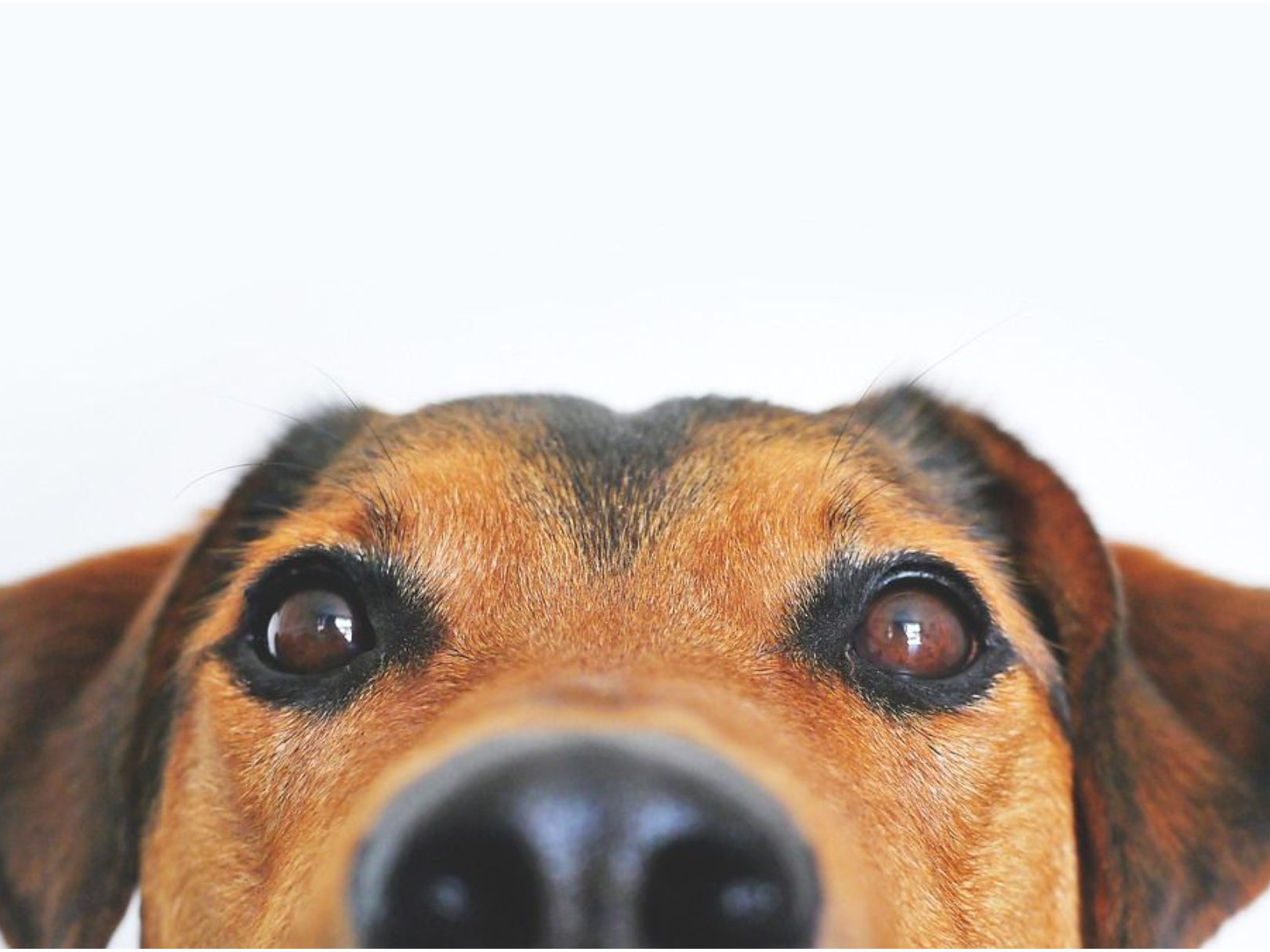Learn how to dog-proof your home and minimize poisoning risks for your furry friend during National Poison Prevention Week. Discover common household toxins for dogs, practical steps for securing hazardous items, and the importance of supervision and monitoring.
Introduction: Importance of National Poison Prevention Week
Understanding the Purpose of National Poison Prevention Week
National Poison Prevention Week is a significant observance that aims to mitigate unintentional poisonings by fostering awareness and encouraging preventive actions. This observance is crucial not only for human safety but also for ensuring the well-being of our furry family members. Pets, particularly dogs, are curious by nature and may inadvertently come into contact with substances that could harm them. This week reminds pet owners to take proactive steps in dog-proofing their homes to prevent accidental poisonings.
Significance of Community Involvement
The involvement of communities in National Poison Prevention Week through various activities, such as awareness campaigns and educational initiatives, plays a vital role in amplifying the message of poison prevention. It’s a time when pet owners can benefit from resources and support from local poison centers, ensuring they have the necessary knowledge to protect their pets from potential dangers.
Target Audience for Poison Prevention Week
While National Poison Prevention Week targets individuals of all ages, pet owners form a crucial audience segment. This week provides an invaluable opportunity for dog owners to learn and apply safety measures, ensuring a poison-free environment for their pets.
Common Household Toxins for Dogs
Understanding the Dangers of Household Toxins
Everyday items such as household cleaners, human medications, and essential oils, while seemingly harmless, can pose serious health risks to pets if ingested. Even substances like antifreeze, which may be stored in garages, can be deadly to dogs and should be securely stored away.
Risks Posed by Specific Foods and Plants
Certain foods and plants that are innocuous to humans can be toxic to dogs. Chocolate, caffeine, onions, grapes, and xylitol are just a few examples of foods that should be kept out of reach of pets. Learn more about pet poisoningand how to create a safe environment for pets. Similarly, toxic plants—including lilies, poinsettias, azaleas, and philodendrons—can cause severe health issues if ingested by dogs.
Impact of Ingesting Harmful Substances
The ingestion of toxic substances can lead to a range of symptoms in dogs, from mild gastrointestinal distress to severe poisoning and potential organ damage. It’s imperative that pet owners seek immediate veterinary care if they suspect their dog has ingested a poisonous substance, as timely intervention can be critical.
Practical Steps for Dog-Proofing Your Home
 Securing Hazardous Items Effectively
Securing Hazardous Items Effectively
To minimize the risk of accidental poisoning, dog owners should use childproof latches on cabinets and store dangerous chemicals on high shelves out of pets’ reach. Ensuring trash cans are covered and wires are secured can also prevent pets from coming into contact with harmful substances.
Ensuring a Pet-Safe Environment
Regularly inspecting the home for small, accessible spaces where pets could get trapped and blocking these spaces is essential for preventing accidents. Relocating poisonous plants to areas inaccessible to pets and securely storing small items and toys can further safeguard pets from poisoning risks.
Importance of Supervision and Monitoring
Closely supervising pets, whether they are indoors or outdoors, is crucial to prevent them from accessing toxic substances. Training pets to respond to commands and avoid hazardous items can significantly reduce the likelihood of accidental poisoning [Customer].
Emergency Preparedness and Response for Pet Poisoning
Immediate Actions in Case of Poisoning
In the event of suspected poisoning, contacting a veterinarian or the Poison Center immediately is critical for ensuring prompt and effective treatment. Being familiar with the signs of poisoning and having emergency contact numbers readily available can make a significant difference in emergency situations.
Preventive Measures for Future Incidents
Educating oneself about common signs of poisoning and potential risks can empower pet owners to take proactive steps in preventing future incidents. Secure storage of toxins, using child-resistant packaging, and educating family members about poison awareness are crucial preventive measures.
Conclusion: Safeguarding Your Pet’s Health and Well-Being
 Ensuring Long-Term Safety for Your Dog
Ensuring Long-Term Safety for Your Dog
Implementing preventive measures and fostering a pet-friendly environment year-round is paramount for ensuring your pet’s health and safety. By adhering to the dog-proofing strategies outlined in this article and seeking professional training, pet owners can significantly reduce the risks of accidental poisoning, thereby enhancing their pet’s safety and obedience.
Take Action Now!
Explore the specialized training packages and behavior consultations offered by Off Leash K9 Training of El Paso, TX, to provide your dog with the best possible care and training. Visit Off Leash K9 Training of El Paso, TX for more information and to schedule a consultation today.



 Securing Hazardous Items Effectively
Securing Hazardous Items Effectively Ensuring Long-Term Safety for Your Dog
Ensuring Long-Term Safety for Your Dog